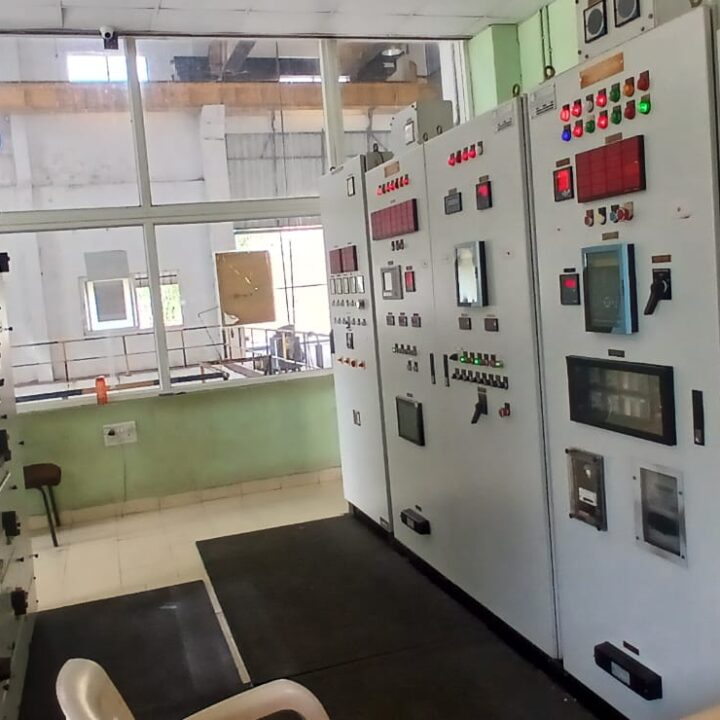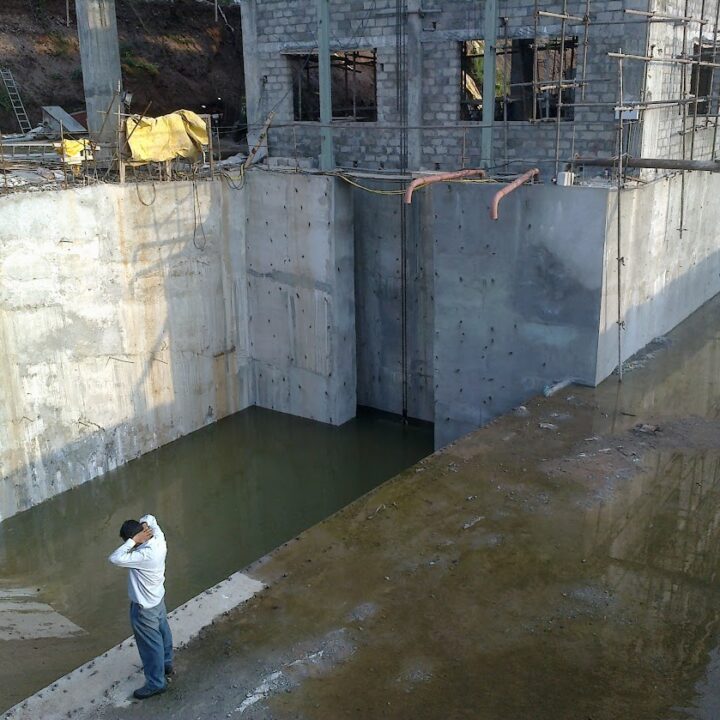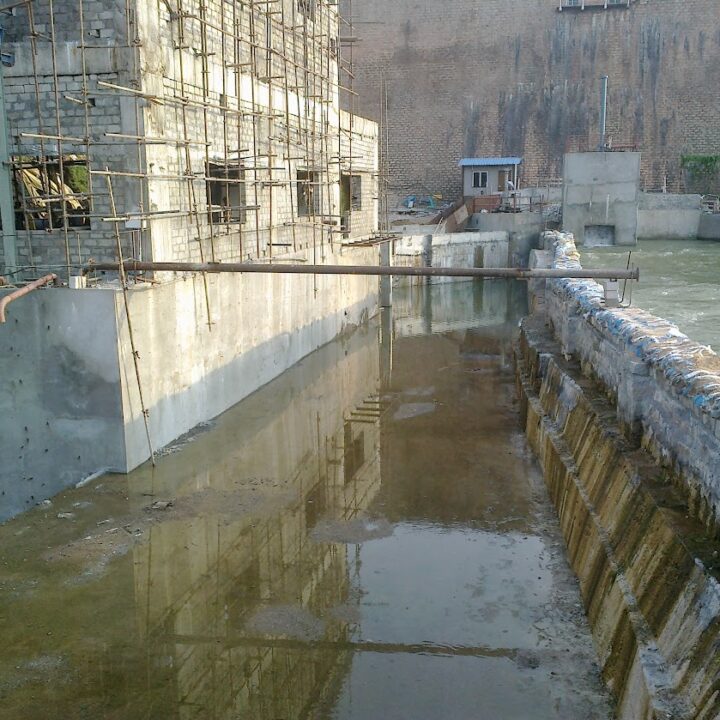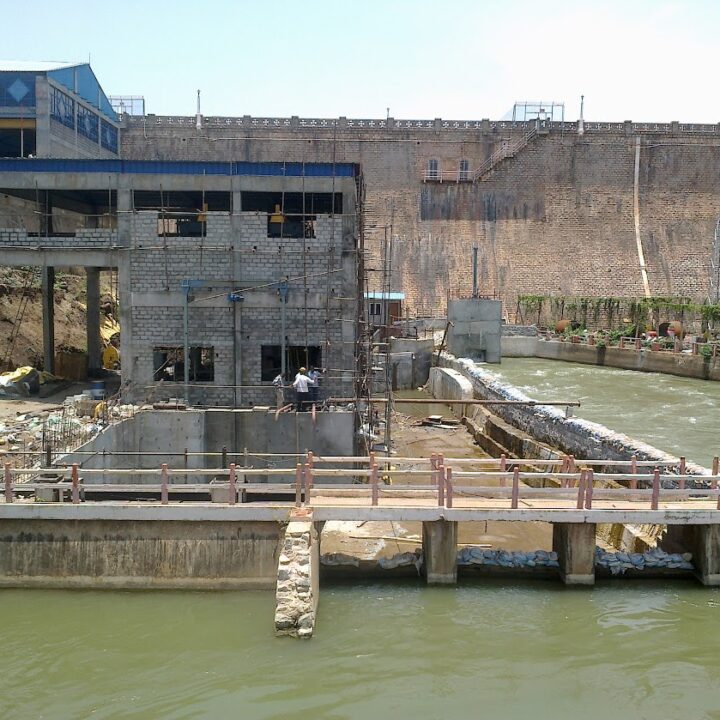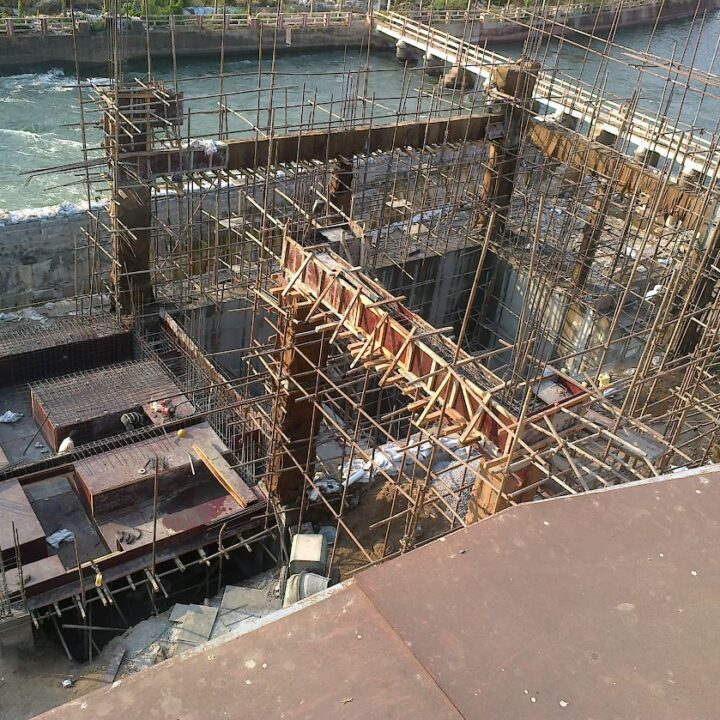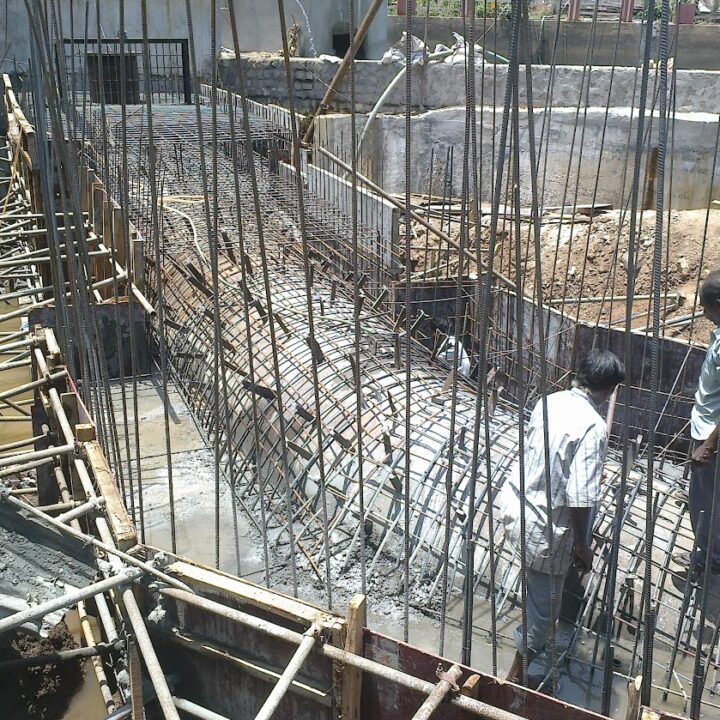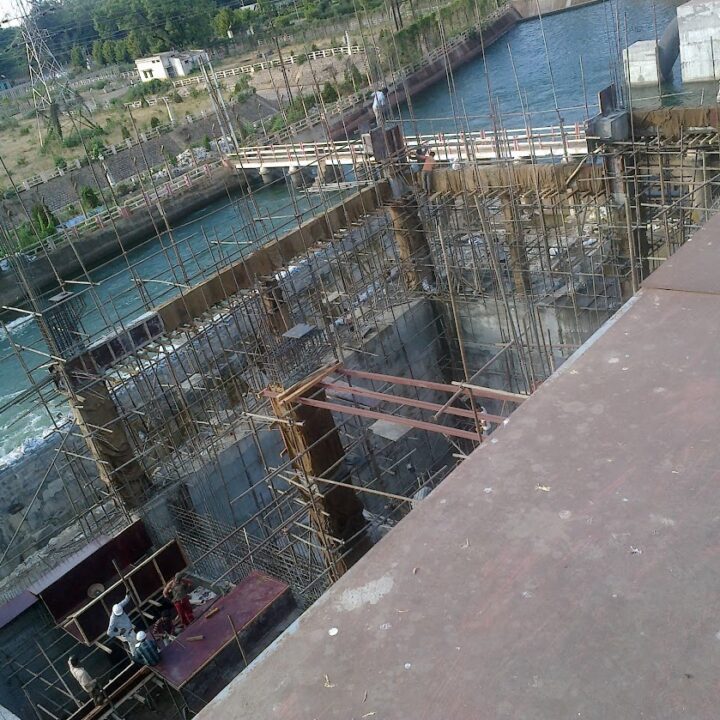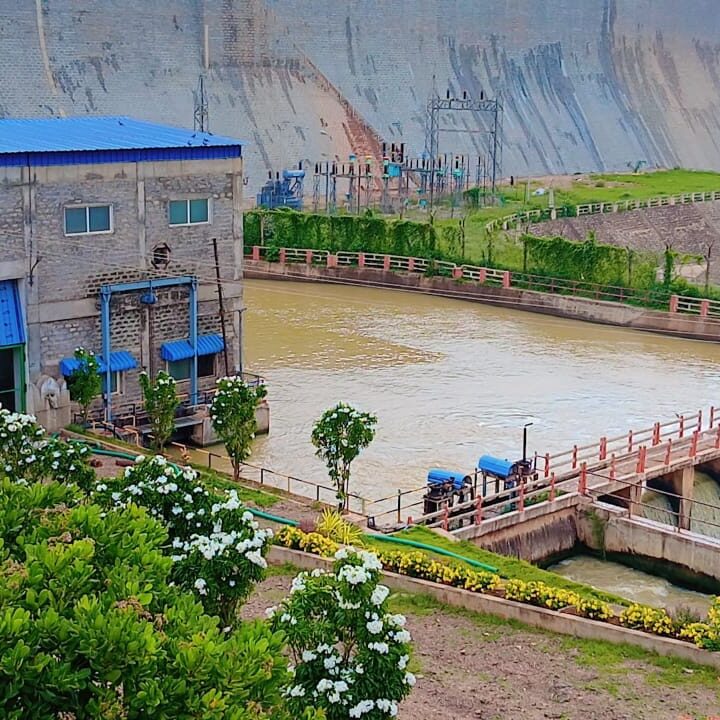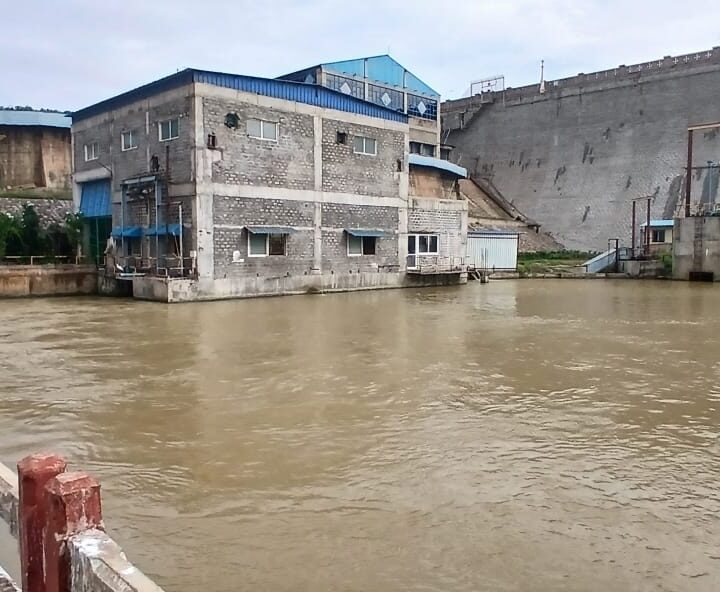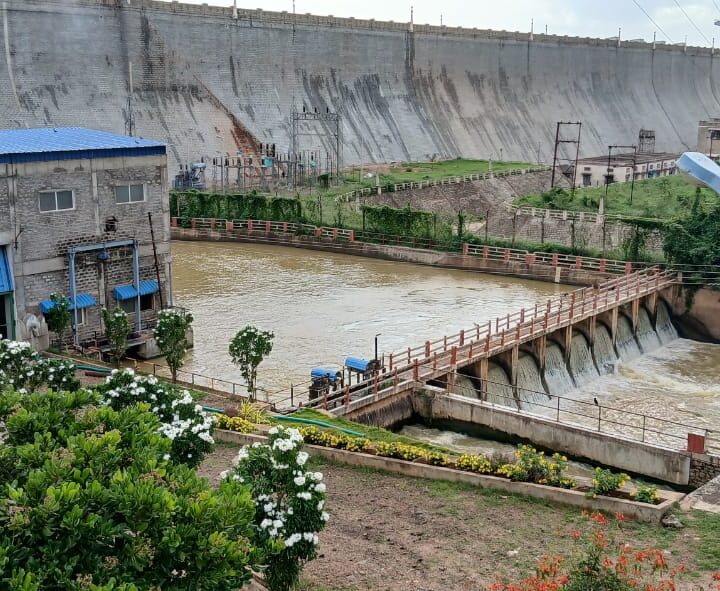Overcoming Challenges in Civil Construction for a Kandaleru Hydro Power Plant, Tungabhadra Dam: A Success Story
Building a hydro power plant involves overcoming numerous challenges, especially in civil construction. These challenges can range from environmental concerns to technical complexities. In this blog post, we’ll explore some of the key issues we faced during the construction of a hydro power plant and how we successfully navigated through them.
Environmental and Regulatory Hurdles
Hydro power plants are often located in ecologically sensitive areas, which require careful planning to minimize environmental impact. We addressed this challenge by:
- Environmental Impact Assessment: Conducting a comprehensive environmental impact assessment (EIA) to identify potential risks and develop mitigation strategies.
- Stakeholder Engagement: Engaging with local communities and environmental organizations to address concerns and garner support for the project.
The Challenge: Water Diversion Without Disruption
One of the primary challenges we encountered was the need to divert water routes effectively while ensuring uninterrupted flow to downstream communities and agricultural lands. The project site was strategically located where the natural flow of water needed to be redirected temporarily to facilitate construction activities.
Solution: Building a Diversion Wall
To address this challenge, our team devised a solution centered around constructing a robust diversion wall. This wall served multiple critical purposes:
- Maintaining Water Flow: The diversion wall was designed to guide water away from the construction area while ensuring that downstream water needs, particularly for agricultural purposes, were met without interruption.
- Temporary Barrier: Acting as a temporary barrier, the wall allowed us to create a controlled environment for construction activities upstream, protecting both workers and equipment from the unpredictability of water flow
Logistics and Infrastructure
Logistics and infrastructure posed logistical challenges, including transportation of heavy equipment and materials to remote sites, as well as establishing temporary camps for workers. Our strategies included:
- Logistics Planning: Developing comprehensive logistics plans to streamline transportation routes and schedules.
- Infrastructure Development: Building temporary infrastructure such as accommodation facilities to support construction activities.
Conclusion
Successfully overcoming these challenges required a combination of meticulous planning, innovative engineering solutions, and effective stakeholder engagement. By addressing environmental and logistical challenges head-on, we were able to complete the Civil construction of the hydro power plant on schedule and within budget. This project not only contributes to sustainable energy generation but also stands as a testament to our commitment in civil construction for infrastructure projects

